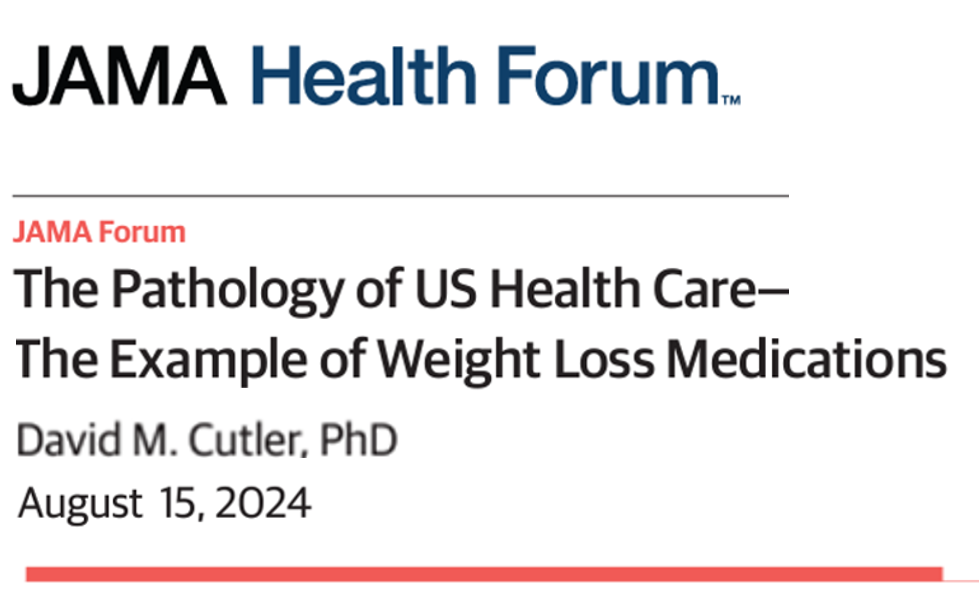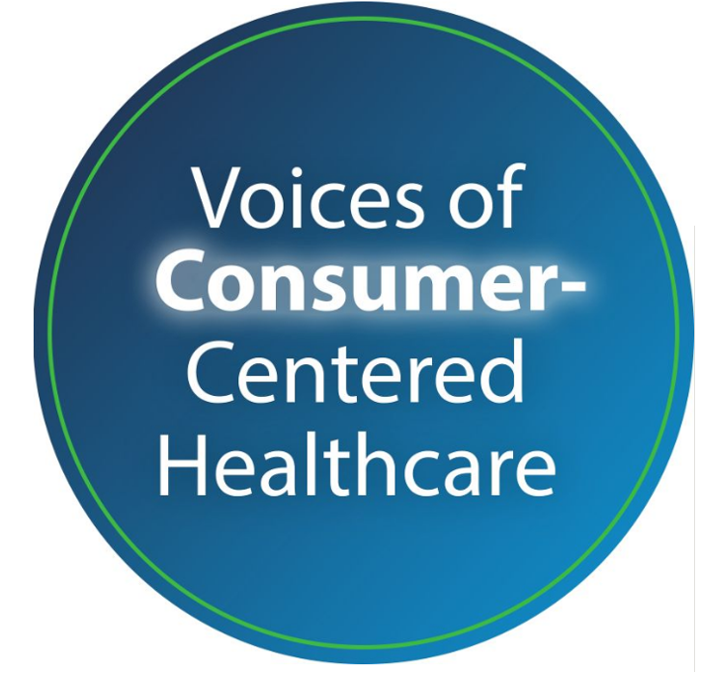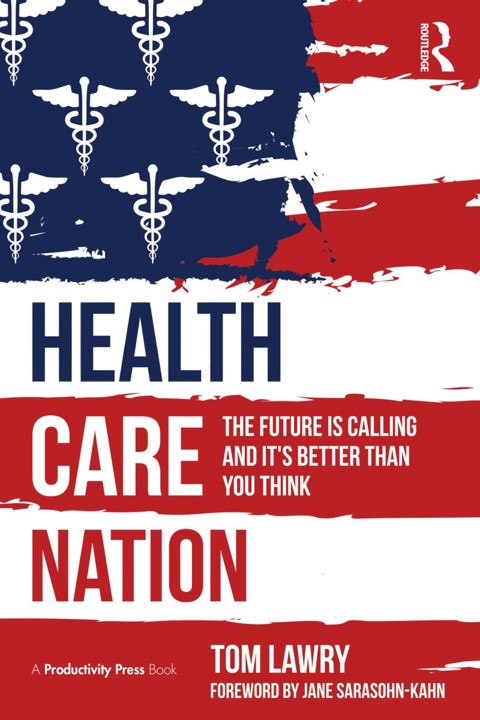“If the U.S. were sensible, weight management would be treated as a public health issue,” David Cutler writes in the JAMA Health Forum dated August 15, 2024. Dr. Cutler, distinguished economics professor at Harvard, talks about “the pathology of U.S. health care” citing the example of weight loss medications — in short, the uptake of GLP-1 drugs to address Type 2 diabetes first, and subsequently obesity. 
Dr. Cutler notes that the price of these drugs in the U.S. “far exceeds” that of other countries: specifically, 9 times that of the prices in Germany and the Netherlands for Ozempic at $936 a month, and over $12,000 a year for Wegovy in the U.S. which is 4 and 5 times that drug’s price in these countries.
Thus Dr. Cutler makes the case that these drugs should be seen as part of a public health strategy to deal with the epidemic of obesity in America. In particular, he paints the picture of CMS approving and negotiating prices for weight loss meds, which would enjoy a deep discount because of the volume of such medicines that would be prescribed for the huge obesity market of patients in the U.S.

Dr. Cutler compares the current unfettered U.S. high-priced market for GLP-1 drugs with that of the United Kingdom, where NICE (the National Institute for Health and Care Excellence) has published guidance on Semaglutide for managing overweight and obesity, the cover’s report shown here. This appraisal was last updated September 4, 2023, and recommended that the GLP-1 medicines should be used as, “part of a package of care provided in a specialist weight management service,” adjunct to a reduced-calorie diet and increased physical activity. That is, the medicines should not be considered “stand-alone” treatment. The patient population to be considered most appropriate for the GLP-1s would be people with a BMI of 3- kg/m2 or more, or with a BMI of at least 27 km/m2 up to 30 with at least 1 weight-related comorbidity.
In addition to the clinical benefits identified in their economic analysis, the NICE team called out other potential benefits that may not have been captured in that calculation — such as a decreased risk of adverse events associated with respiratory conditions such as COVID-19, a reduction in social isolation and stigma associated with obesity, and improvement in fertility rates.
The NICE committee also called out “equality” issues related to people in some minority ethnic family backgrounds and that specialist weight management services were not equally accessible throughout the U.K. 
A relevant study on the socioeconomic aspects of incretin-based therapy (in particular, GLP-1 drugs) was published in July 2023 in Diabetologia written by researchers in Greece and the UK. The team identified drivers of inequalities resulting from patterns of use of these therapies, five issues of which are shown in the box — involving suboptimal health insurance, limited accessibility to the GLP-1s based on physicians and geographic disparities, financial constraints of cost leading to patients’ non-adherence and stopping treatment, low health literacy, and provider bias and cultural barriers.
These have been concerns raised about the health equity impacts of GLP-1s in the U.S., discussed recently:
- In Circulation in July 2024
- In Lancet in June 2024
- In Pharmaceutical Executive in March 2024
- In this essay on the Omada Health portal, and,
- In the Kaiser Family Foundation Health Tracking Poll conducted in May 2024.
For more on the health care ecosystem aspects of GLP-1s, you can check out this post in Health Populi discussing my recent interview on the GLP-1 economy with BNN Bloomberg.

Health Populi’s Hot Points: The researchers in Diabetologia article offer recommendations to help mitigate the GLP-1 market impacts leading to socioeconomic inequalities. Identified in this second box from the study, these tactics include,
- Prioritizing treatment with GLP-1s focused on specific patient subpopulations
- Minimizing harms by providing the safest treatments in vulnerable populations
- Increasing accessibility assuring easy access to health care — especially by expanding university health insurance coverage and expanding knowledge of the GLP-1 innovations among primary care physicians
- Getting value-for-money by drug price negotiations between health care systems and payors vis-a-vis pharmaceutical manufacturers
- Improving health literacy to enable patient-physician interactions that are relevant and clear for shared decision-making, and,
- Addressing physician-patient barriers due to bias (implicit or explicit) and diversity among clinician populations.
These strategies are useful across all origins of health disparities and inequities, along with bolstering inclusive clinical trials to include patients across the socioeconomic and race/ethnic spectrum.
Dr. Cutler argues for us to look at this GLP-1 “pathology of U.S. health care” holistically, starting with accepting and then designing for obesity and diabetes and major public health challenges in the nation. Doing so would be a forcing function for us to respond to diabesity with an ecosystem approach, putting the whole patient into the center of that suite of solutions personalized to the N of 1 person.




 Thank you, Jared Johnson, for including me on the list of the
Thank you, Jared Johnson, for including me on the list of the  I am so grateful to Tom Lawry for asking me to pen the foreword for his book, Health Care Nation,
I am so grateful to Tom Lawry for asking me to pen the foreword for his book, Health Care Nation,  Thanks to Feedspot for naming this blog, Health Populi, as a
Thanks to Feedspot for naming this blog, Health Populi, as a